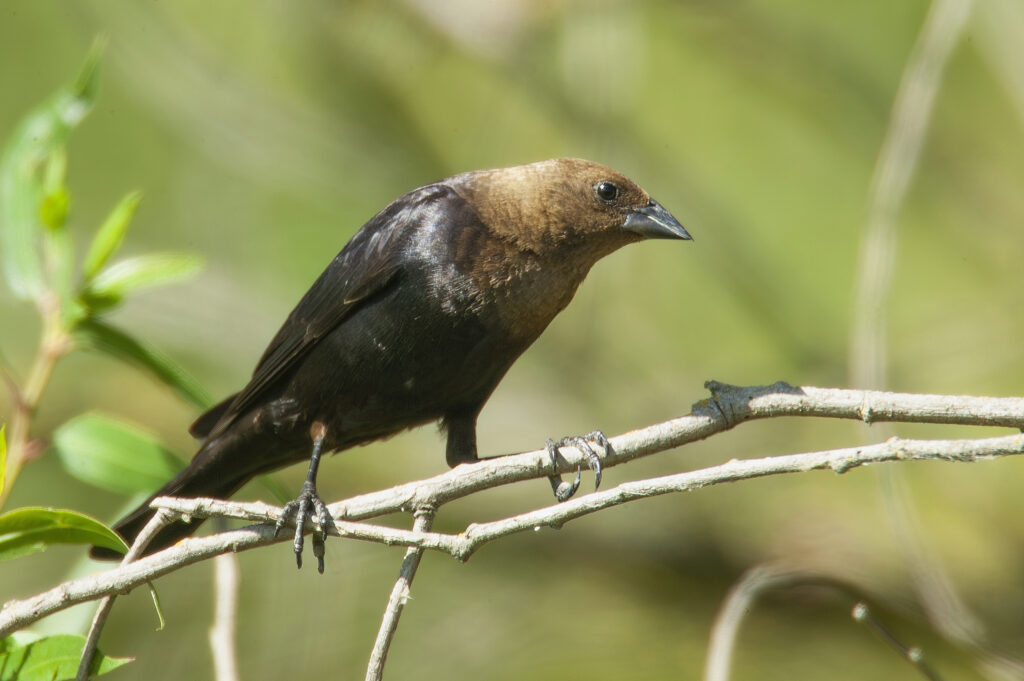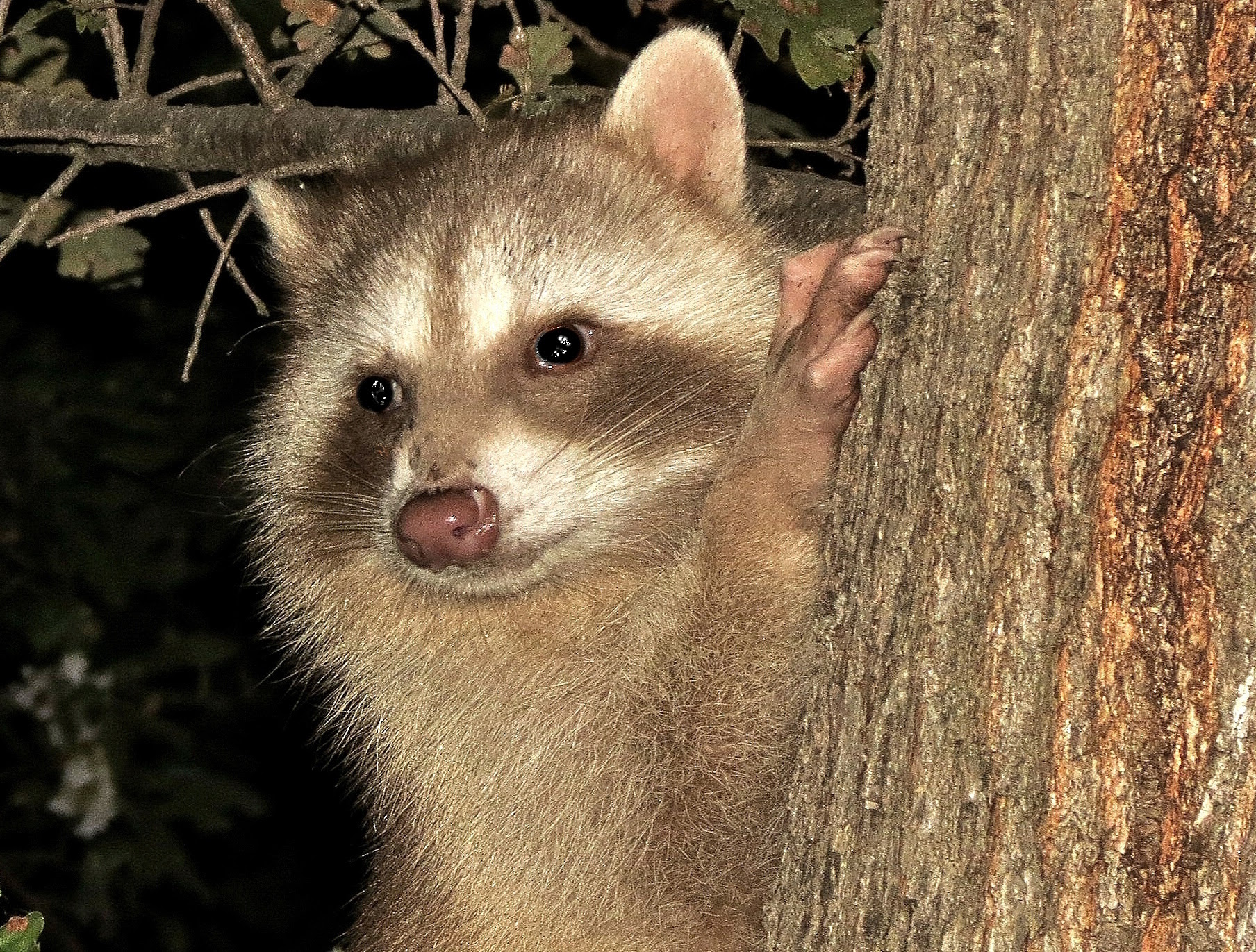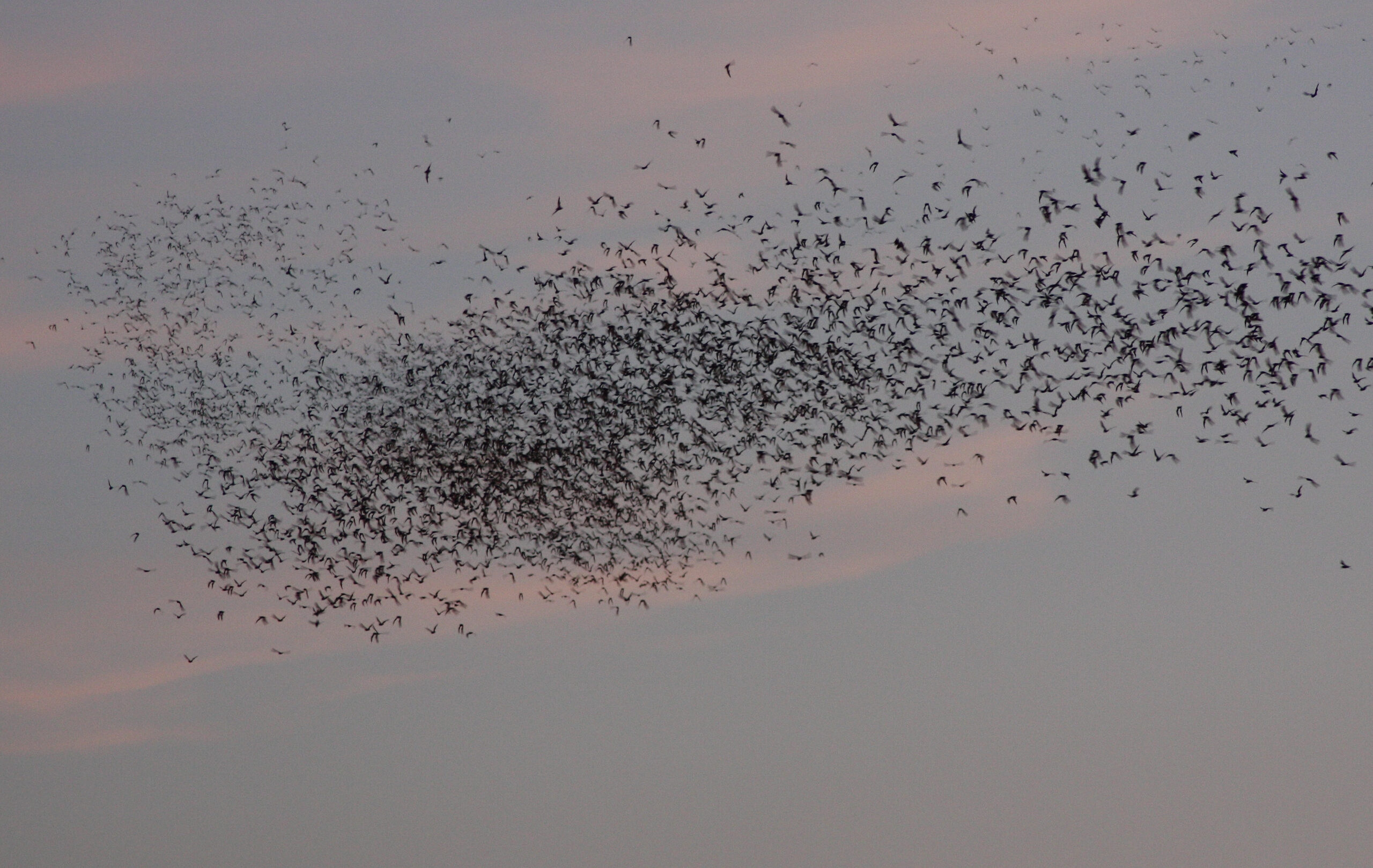A villainous bird, in a way, but no less fascinating for it. The brown-headed cowbird is a widespread North American blackbird that lays its eggs in the nests of other birds. The host birds incubate the eggs and perform all the parental care needed for development of the cowbird chick. Technically, the brown-headed cowbird is an obligate, nondiscriminatory, brood parasite. In this case, obligate means restricted to a mode of life, i.e., it must usurp nests of other birds because it doesn’t know how to build a nest or take care of its young; nondiscriminatory because it is not selective, i.e., it will lay its eggs in the nests of over 240 different bird species; and brood parasite is a way of saying it lives off other birds, at least reproductively, and sometimes with serious negative consequences for its host. A cowbird chick in a nest of red-winged blackbirds may have relatively little negative impact on the host parents or chicks, other than the loss of the one egg that the female cowbird removes and replaces with her own egg, but a cowbird chick in the nest of a phoebe or a common yellowthroat has a much bigger impact. The boisterous parasitic chick hatches first and typically outcompetes the smaller host nestlings, which often succumb to starvation. The Kirtland’s warbler in Michigan was once endangered mostly by habitat loss, but in part due to cowbirds. Extreme measures to trap and eliminate cowbirds in areas where they nest helped in the partial recovery of the warbler’s population.
Brown-headed cowbirds are similar in appearance to red-winged blackbirds but are smaller and stockier in stature, with a shorter tail and stout bill. They are present year-round in the Yolo Bypass Wildlife Area but are especially common in spring and summer. At all times cowbirds are less numerous than the abundant red-winged blackbirds. Male cowbirds are shiny black with a brown head. Females are grayish brown overall but paler on the head and underparts with brown streaking on the breast. Juveniles are brown and streaked. Their diet consists of seeds supplemented with insects. In North America, the brown headed cowbird is by far the most wide-spread and common obligate brood parasite. In addition to cowbirds, other obligate brood parasites include African honeyguides, certain finches, and about half of all cuckoo species. It’s a breeding strategy used by almost 1% of birds today.
Brown-headed cowbirds apparently originated on the Great Plains of central North America, feeding on seeds and insects flushed by herds of bison. When cattle were introduced to North America, the cowbird followed them across the continent. In 1890, L. Belding wrote in his treatise Land Birds. Pacific District, “… no cowbirds have ever been collected in California, west of the Sierra Nevada, as far as I am aware.” By 1930, the brown-headed cowbird had extended its range to the San Francisco Bay area and the Sacramento Valley (Laymon, S. A. 1987. Western Birds 18:63-70). The late arrival to California explains why host species on the Pacific Coast have little experience with cowbirds and haven’t developed behaviors to counter harm from their parasitic nature.
Host birds that did co-evolve with cowbirds often developed strategies to defend themselves against cowbird nest parasitism. For example, some songbirds may double-clutch, which allows the second clutch to escape parasitism because cowbirds prefer to lay eggs early in the season. Yellow warblers will abandon their nest if a foreign egg suddenly appears or will build a new nest on top of their old nest if it contains a cowbird egg. All the eggs in the clutch, including the cowbird egg, will fail to hatch without direct contact with the mother bird. A yellow warbler nest can be several layers high! Certain birds, like American robins, recognize foreign eggs and will remove them. But birds that historically didn’t experience cowbird parasitism often have no defenses and will accept their eggs without alarm.
Female cowbirds are keenly aware of their environment. They quietly watch nests being built, especially open, cup-like nests, and remember their locations. Early in the nesting cycle and early in the morning when the female host is out foraging, the cowbird sneaks into the nest, tosses out an egg and replaces it with one, or less often two, of her own. Cowbird females don’t defend territories, don’t avoid hosts that reject their eggs, and don’t practice egg mimicry like some cuckoos. Brown-headed cowbird eggs (white to grayish with brown spots) hatch sooner than host bird eggs, and the hatchlings grow faster and mature earlier than their nest siblings, but the cowbird chicks lack any aggressive behavior toward host eggs or chicks. Cuckoos, in contrast, push their nestmates out of the nest. Cowbird eggshells are thicker than host eggs, which may offer them some protection from attack or accidental breakage. Cowbird chicks dominate nests and command so much food that host chicks may be neglected by the parents. Cowbirds are extremely fecund. An individual female may lay 13 to 40 eggs and visit that many nests in a season, which is energetically expensive. As a result, female cowbirds typically live less than two years.
Monitoring nest building, remembering where they are located, and watching for egg laying by the soon-to-be-host requires a good memory. Birds that cache seeds and later return for them, or birds that need a keen memory like homing pigeons, have a relatively large hippocampus, the part of the brain that plays a key role in spatial memory. Unsurprisingly, the hippocampus in female cowbirds is larger than the hippocampus in red-winged blackbirds and common grackles, close relatives of cowbirds. And it is larger in female cowbirds than male cowbirds, which play no role in locating nests (Sherry, D., et al. 1993. Proc. Natl. Acad. Sci. 90: 7839-43). Female cowbirds also must judge when to lay their eggs. Typically, songbirds lay an egg a day until the clutch is complete. The female cowbird revisits the nest to deposit an egg when the nest contains one or two host eggs. Remarkably, female cowbirds remember where nests are located and can return to dozens of nests during the laying season.




